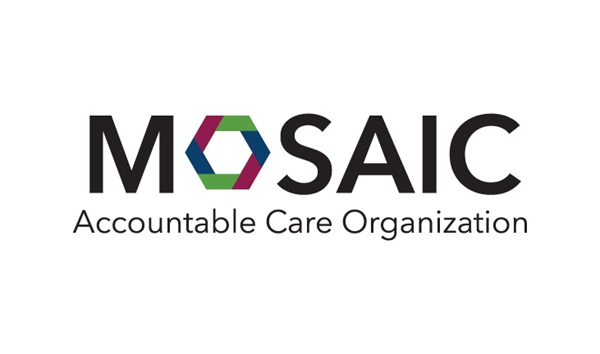RARP Cancer Surgery as Safe But More Expensive as Open Surgery
Study: Robot-Assisted Prostate Cancer Surgery As Safe But More Expensive as Open Surgery in Older Men
DETROIT – Minimally invasive robot-assisted surgery, which has become the main choice for surgically removing cancerous prostate glands during recent years, is as safe as open surgery for Medicare patients over age 65.
Those are the primary findings of a newly published nationwide patient survey that included participation by researchers at Henry Ford Hospital, a pioneer of robot-assisted radical prostatectomy (RARP).
“Although studies comparing the two techniques were done early in the robotic era for this surgery, RARP boomed in more recent years, overtaking open surgery,” says Jesse D. Sammon, D.O., a researcher at Henry Ford’s Vattikuti Urology Institute and co-author of the study.
“Those early studies may no longer apply to contemporary patients, so we chose to compare the two procedures during the latter part of the last decade, after RARP became widely accepted.”
The new study was presented at the annual meeting of the American Urological Association.
As of 2009, more than 60 percent of all radical prostatectomies in the U.S. were done robotically.
Drawing on several nationwide databases, the researchers identified 5,915 prostate cancer patients older than 65 but younger than 80 whom were Medicare beneficiaries and underwent either procedure from October 2008 to December 2009.
RARP and open radical prostatectomy (ORP) – the gold standard for treating prostate cancer for decades before the robotics era – were then compared by post-operative complications, blood transfusions, prolonged length of stay (pLOS), readmission, additional cancer therapies and costs of care within the first year after surgery.
“In earlier studies, we had found that the minimally invasive approach was associated with lower rates of postoperative complications, blood transfusions and prolonged length of hospital stay compared with open surgery,” Dr. Sammon says.
“However, these patients were younger than 65 and with the current study, we wanted to see if the differences held true in older patients.”
The results of the study:
- Patients treated with RARP and open surgery had similar risks of 30-day complications, but RARP patients had fewer overall complications at 90 days.
- RARP patients had higher risks of genitourinary and miscellaneous medical complications.
- The odds of RARP patients receiving a blood transfusion were four times lower than in ORP, and the length of stay was three times lower.
- As shown previously, costs were higher in the robotic group, averaging $1,400 per patient during the first year after surgery.
“Although studies in younger patients showed that RARP had an advantage over open surgery in terms of outcomes,” Dr. Sammon explains, “our new study of Medicare patients over age 65 showed that while it is safe, the robot-assisted procedure was not safer than open surgery.
“And while RARP offers significantly lower risk of blood transfusions and shorter hospital stays, these advantages were balanced by a 10% increase in charges relative to open surgery. This study underscores the importance of surgical experience as well as surgical approach in elderly patients”.
.svg?iar=0&hash=F6049510E33E4E6D8196C26CCC0A64A4)

/hfh-logo-main--white.svg?iar=0&hash=ED491CBFADFB7670FAE94559C98D7798)







